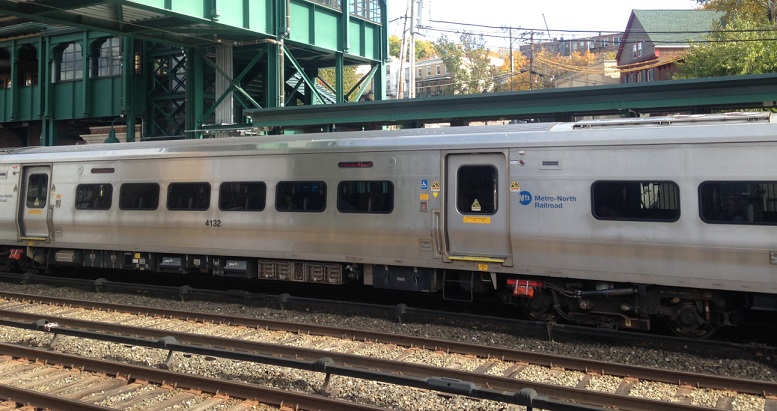The New York City region already has the highest transit ridership of any region in the country, and somehow, ridership continues to grow. But it’s not exactly clear where in the region this ridership growth is coming from, how quickly it’s growing, or even if that growth is universal.
Answering these questions, however, is slightly challenging for two reasons. First, the Census Bureau’s annual Journey to Work Data is the best source of transit ridership data, but as its name implies, it only captures how people get to work. Any other trips, like to the grocery store or a friend’s apartment, aren’t counted. Second, the change in the number of riders does not account for population growth, which can make it appear that ridership is increasing when the share of transit riders actually decreased. For example, in Nassau County between 2005 and 2014, the number of transit commuters rose by roughly 2 percent, but meanwhile, the number of workers had increased by 9 percent. By that degree, the share of workers in Nassau commuting via transit actually dropped.
Instead, measuring the change in the share of transit commuters by county in 2014 versus 2005 can reveal where transit use is growing relative to population.
With a few exceptions, transit use among commuters increased more significantly in the counties that make up New York City and its inner-ring suburbs. Staten Island, the real outlier, saw the greatest decrease (3.3 percent) of any studied county over the 10-year period. On Long Island, Nassau County also experienced a decline (1 percent) in transit commuting. That ridership drop took place at the same time Nassau County privatized its bus system, a move that resulted in fare hikes and service cuts. Meanwhile in northern New Jersey, Hudson and Bergen Counties witnessed healthy transit ridership growth (2.5 percent and 2.9 percent, respectively) during a time that communities were investing in relatively dense development near the Hudson-Bergen Light Rail stations
Westchester County saw the largest jump in share of commuters who ride transit, likely due in part to more frequest transit service. In 2013, the MTA increased service along Metro-North’s Harlem Line to as frequently as four trains per hour at some stations. The ongoing investment in transit-oriented development throughout Westchester is almost certainly benefiting from the enhanced transit as well.
This significant expansion of service was made possible by the completion of a third track between Mount Vernon West and Crestwood stations. Perhaps a third track on Long Island will be just what it takes to reverse the declining share of transit ridership seen in Nassau and Suffolk Counties.


[…] Tri-State Analyzes Where Transit Ridership Is Growing in the Region, and Where It Isn’t (MTR) […]
Why is Rockland County not included in this analysis?
[…] for America explains a new policy in Illinois that will help finance transit projects. Mobilizing the Region examines where transit ridership is growing and where it’s not in the greater New York area. […]
[…] for America explains a new policy in Illinois that will help finance transit projects. Mobilizing the Region examines where transit ridership is growing and where it’s not in the greater New York area. […]
Westchester is where all the roads are ironically…so this would imply buses, trees and actual houses in the Country. That sounds like good news for the State which would be news indeed.